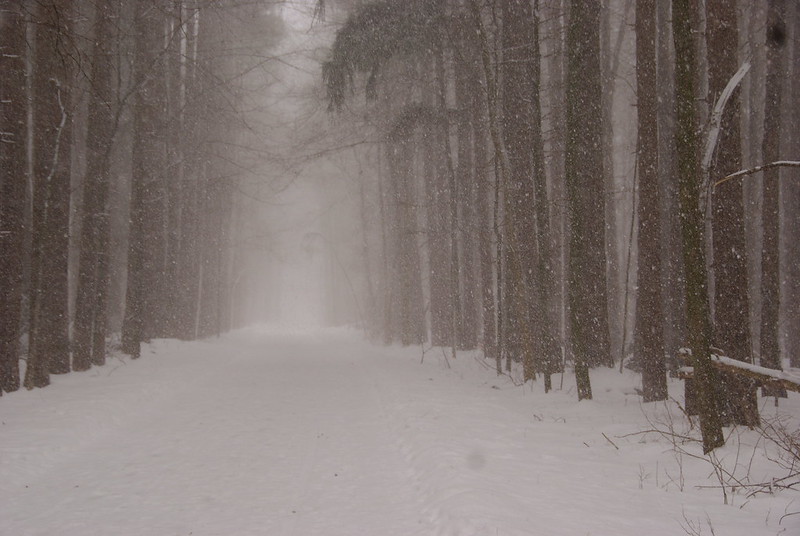ken
a good kind of terrible

Night sky photo of the glorious Milky Way through Delicate Arch, Utah, USA. I "light painted", illuminating the amazing rock formation with an LED flashlight during the exposure. All the color work was done while the shutter was open, in other words, and is not a Photoshop creation/manipulation.
~more notes on the above photo~
Gazing up at Delicate Arch feels like peering into the infinite beyond, the magnificent arch acting as a portal for the center of our galaxy and beyond. For this photo, I waited a bit for the Milky Way to drift farther south, then lined it up underneath the arch for this image. I light painted the arch with a small Streamlight LED flashlight to keep the arch from going to silhouette. The Milky Way is easy to see on a moonless night such as this one.
Title: Door to Infinity
Photo: Ken Lee Photography
Info: Nikon D610, AF-S Nikkor 14-24mm f/2.8G ED lens at 14mm, 20 seconds, f/2.8, ISO 4000, 2014-06-25 12:37 am. Light painted with Streamlight LED flashlight.
Location: Arches National Park, Utah, USA
~~~~~~~~~~~~~~~~~~~~~~~~~~~~~~~~

The Ancient Bristlecone Pine Forest in this night sky light painted shot, illuminating the bristlecone pine with an LED flashlight during the exposure. All the color work was done during while the camera shutter was open, and is not a Photoshop creation/manipulation.
~added notes about the above photo~
The gorgeous night sky, largely free from light pollution, as seen from the Ancient Bristlecone Pine Forest. Up, up, up in the White Mountains of California exist a forest of trees that have flourished in the face of high, arid conditions at 11000 feet/3350 m in altitude. Many of these trees live for 5000 years, and even after dying, can remain for 5000 more years, remaining. In other words, it's quite possible that some trees have been standing for as long as 10000 years, long long before Lucille Ball roamed the earth.
 It was cloudy when I took this set of photos, giving a slightly more eerie, surreal sort of feel in many of the images. I hope you enjoy them!
It was cloudy when I took this set of photos, giving a slightly more eerie, surreal sort of feel in many of the images. I hope you enjoy them!The Forever Tree, located in the oldest forest in the world. Many of these trees live for 5000 years, and even after dying, can remain for 5000 more years, remaining. In other words, it's quite possible that some trees have been standing for as long as 10000 years, long long before Lucille Ball roamed the earth.
 I don't actually know if this tree has a name. I just like the name.
I don't actually know if this tree has a name. I just like the name.Title: The Forever Tree (3600)
Photo: Ken Lee Photography
Info: Nikon D610, AF-S Nikkor 14-24mm f/2.8G ED lens at 14mm, 128 seconds, f/7.12, ISO 640. 2014-07-15 00:54. I used an LED flashlight for light painting.
Location: Ancient Bristlecone Pine Forest, CA, USA
Last edited:













